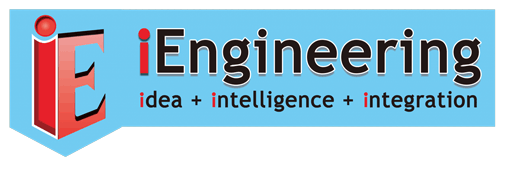Instrumentation & Control in the Engineering Base Plant Solution
It is crucial for EMSR experts that the database is up to date when they make their decisions on the appropriate sensors and actuators. The Engineering Base (EB) platform works database-based and always provides the central, up-to-date information even in complex cooperative planning processes.
The challenge
The EMSR experts play an important role in the workflow of developing process engineering plants. They make the decisions for the appropriate instrumentation with the released flow diagram (P&ID) and the instrumentation list.
It is of primary importance that their version of the P&ID is up-to-date. Changes should be visible but also marked as “changed”. This is the only way to avoid wasted work, expensive misunderstandings,and mistakes.
The solution
Covering the entire workflow
With the AUCOTEC’s Engineering Base (EB) platform, users are always looking at the current state of the planning of the plant. In addition, they see immediately when colleagues from other teams and disciplines make changes in the documentation. EB covers the entire process engineering workflow – from front-end engineering design (FEED)process and as well as cause & effect checks and maintenance support.
Central data model
EB works consistently with data centering to avoid misunderstandings and sources of error. The data model is the “single source of truth” for all disciplines involved.
Simple Template Management
Advanced Typical Management (ATM) ensures the simplified compilation of the measuring point documentation and convenient handling of their variants and options. In addition, a whole range of wizards and automatisms support the EMSR engineer in his work.
Your benefits
EB’s Instrumentation & Control functions help EMSR experts save time and avoid mistakes. In addition, they benefit from the advantages of a cooperative and integrated platform:
1) Unique consistency of a common database for EMSR and process engineers
2) Current plant data for all involved in the planning
3) Highly efficient typical management
4) Assured consistency in multiuser operation, even across site boundaries
5) Significant error minimization
6) No multiple entries or data transfers

